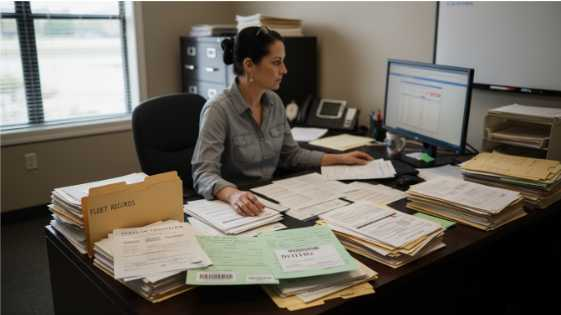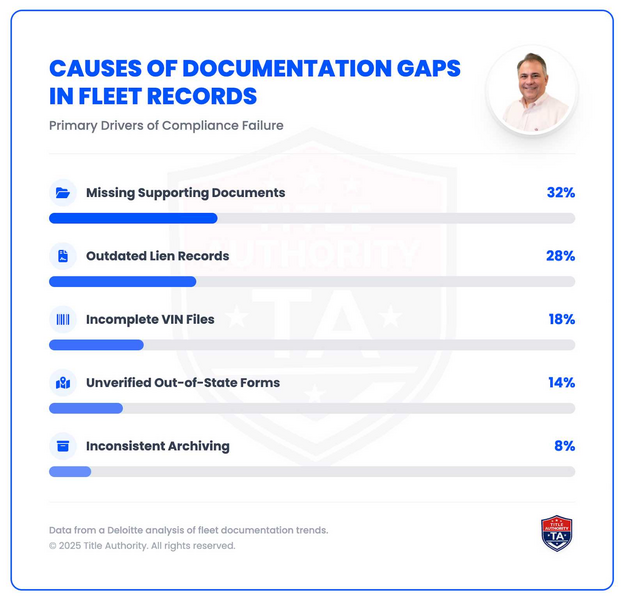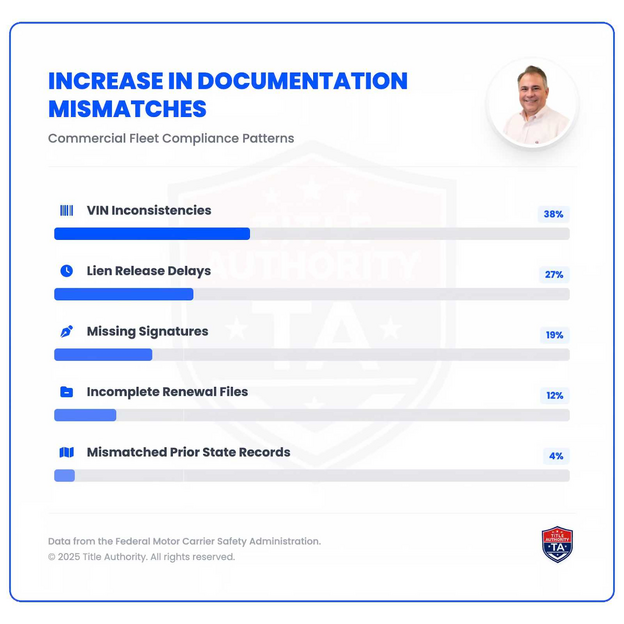
Personal injury claims arise when a person suffers harm due to another’s negligence or intentional wrongdoing. Understanding the most common situations that lead to these claims can help victims recognize when they may be entitled to compensation. From car accidents to defective products, personal injury law covers a wide range of scenarios designed to protect the rights of injured individuals and hold negligent parties accountable.
Understanding Personal Injury Law
Before examining specific cases, it’s helpful to understand the foundation of personal injury law. At its core, this area of law allows injured individuals to seek damages—monetary compensation—for the harm they have suffered. Common damages include medical expenses, lost wages, pain and suffering, and loss of future earning potential.
Personal injury cases are typically built on negligence, which means a failure to act with reasonable care under the circumstances. To prove negligence, a claimant must establish four key elements: duty, breach, causation, and damages. For more detailed background on these principles, refer to this guide from FindLaw.
Common Situations That Result in Personal Injury Claims
Below are some of the most frequent circumstances where personal injury claims arise, along with insights into how these cases are typically handled.
1. Motor Vehicle Accidents
Car accidents are among the most prevalent causes of personal injury claims. Whether the result of distracted driving, speeding, or intoxication, vehicle collisions often lead to severe injuries such as whiplash, broken bones, and traumatic brain injuries. Victims of negligent drivers may pursue compensation through an insurance claim or a personal injury lawsuit.
Other motor vehicle incidents—such as truck accidents, motorcycle crashes, and pedestrian injuries—can also lead to significant legal claims, often requiring specialized legal representation due to the complexity of determining liability and calculating damages.
2. Slip and Fall Accidents
Slip and fall incidents are another major cause of injury claims, particularly in public or commercial spaces. These cases fall under premises liability law, which holds property owners responsible for maintaining a safe environment.
Hazards such as wet floors, uneven walkways, or inadequate lighting can cause serious injuries. Victims must demonstrate that the property owner knew or should have known about the dangerous condition and failed to address it in a timely manner.
3. Workplace Accidents
Workplace injuries frequently occur in industries such as construction, manufacturing, and healthcare. While workers’ compensation insurance often covers medical bills and lost income, there are cases where third-party negligence leads to a separate personal injury claim.
For instance, if a defective machine part caused the injury, the manufacturer might be held liable under product liability law. Understanding when a workplace accident crosses into personal injury territory is crucial for recovering full compensation.
4. Medical Malpractice
Medical malpractice occurs when a healthcare professional fails to meet the accepted standard of care, resulting in patient harm. Examples include surgical errors, misdiagnosis, improper treatment, and medication mistakes.
These cases are often complex and require expert testimony to establish negligence. The damages in medical malpractice suits can be substantial, covering lifelong medical care and diminished quality of life.
5. Product Liability Claims
Consumers have the right to expect that products they use are safe when used as intended. Unfortunately, defective or dangerous products can cause severe injuries. Common examples include malfunctioning appliances, unsafe toys, and harmful pharmaceuticals.
Product liability claims can be based on design defects, manufacturing errors, or inadequate warnings. Establishing liability may involve proving that the product was unreasonably dangerous and that the defect directly caused the injury.
Less Common but Serious Personal Injury Situations
While certain types of personal injury cases are more frequent, others are less common but equally serious. These include:
1. Dog Bites and Animal Attacks
Animal owners are legally responsible for ensuring their pets do not harm others. In many states, dog owners are subject to strict liability laws, meaning they can be held responsible for injuries caused by their animals regardless of prior behavior.
Dog bite victims often face not only physical injuries but also emotional trauma, making compensation for pain and suffering particularly important.
2. Nursing Home Abuse and Neglect
Elderly residents in nursing homes rely on caregivers for proper medical attention and daily assistance. When facilities fail to provide adequate care, resulting in injuries, dehydration, or emotional harm, victims or their families may file a personal injury claim.
These cases require careful investigation to prove patterns of neglect, understaffing, or inadequate supervision.
3. Construction Site Accidents
Construction zones are inherently hazardous, and when safety regulations are ignored, accidents can be catastrophic. Falls from heights, electrocutions, or machinery accidents can lead to severe or fatal injuries.
Beyond workers’ compensation, a third-party negligence claim may apply if an independent contractor or equipment manufacturer contributed to the accident.
Determining Liability and Building a Strong Case
Establishing who is legally responsible is one of the most critical aspects of a personal injury claim. In many cases, liability may involve multiple parties—for instance, both a driver and a vehicle manufacturer in an auto accident caused by brake failure.
Evidence such as police reports, witness statements, medical records, and expert testimony plays a key role in supporting a victim’s claim. Hiring an experienced attorney helps ensure that evidence is properly gathered and presented, and that victims receive fair compensation.
The Role of Legal Representation
Personal injury law can be challenging to navigate alone, particularly when facing insurance companies that often aim to minimize payouts. A qualified attorney can negotiate on your behalf, calculate damages accurately, and represent you in court if necessary.
Those seeking legal help can explore reputable firms such as Shane Smith Law, which specializes in personal injury cases and provides comprehensive guidance for victims seeking justice.
You can also learn more about the firm’s background and practice areas through its profile on HG.org.
Preventing Personal Injuries
While not all accidents are avoidable, many can be prevented through awareness and proactive safety measures. Simple actions—such as following traffic laws, maintaining safe premises, and using protective equipment at work—can significantly reduce the risk of injury.
Employers and property owners should regularly inspect environments for hazards, while individuals should stay vigilant and know their rights if an accident occurs.
Conclusion
Personal injury claims serve a vital role in ensuring accountability and helping victims recover from the physical, emotional, and financial impacts of negligence. Whether the injury stems from a car accident, a defective product, or unsafe property conditions, knowing when to seek legal recourse can make a life-changing difference.
Understanding your rights, documenting evidence, and consulting with an experienced attorney are essential first steps toward achieving justice and restoring peace of mind.




















